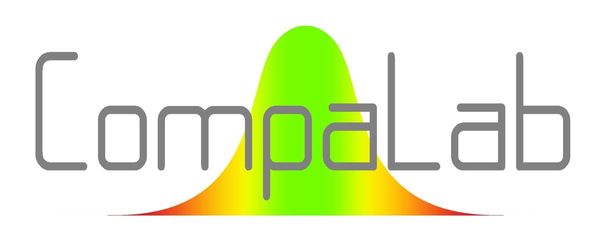What is a CompaLab QCRM?
Our QCRMs do more than simply meet requirement 7.7.1 of ISO/IEC 17025.
Thanks to the PTs (proficiency testing comparisons) it organises, CompaLab has access to samples whose characteristics are known with precision ( mean values, repeatability and reproducibility standard deviations).
Using CompaLab QCRM means you can constantly monitor whether :
- Laboratory bias remains under control;
- A drift in the test results appears;
- The laboratory's repeatability remains under control;
- The uncertainty determined by the laboratory remains consistent with its test results.
CompaLab QCRMs are optimised
- Thanks to the use of PT results, the alert limits are much more reliable than those of a traditional QCRM: no risk of false alerts or undetected alerts;
- All CompaLab's technical and statistical experience has been used to determine the control charts best suited to monitoring test processes;
- The test results collected are also used to provide other useful information for the laboratory (influence of different equipment and operators on the quality of test results).
- They can be used to qualify an operator or a piece of test equipment.
CompaLab QCRMs save you a lot of study and implementation work
CompaLab QCRMs are made up of:
- A set of samples with known characteristics (property values, repeatability and reproducibility standard deviations);
- An Excel file that generates control charts and other calculations useful for monitoring test quality;
- An explanatory note to help you understand the meaning of the calculations made and easily interpret the results obtained.
For more information, see Why should I use CompaLab QCRMs.
